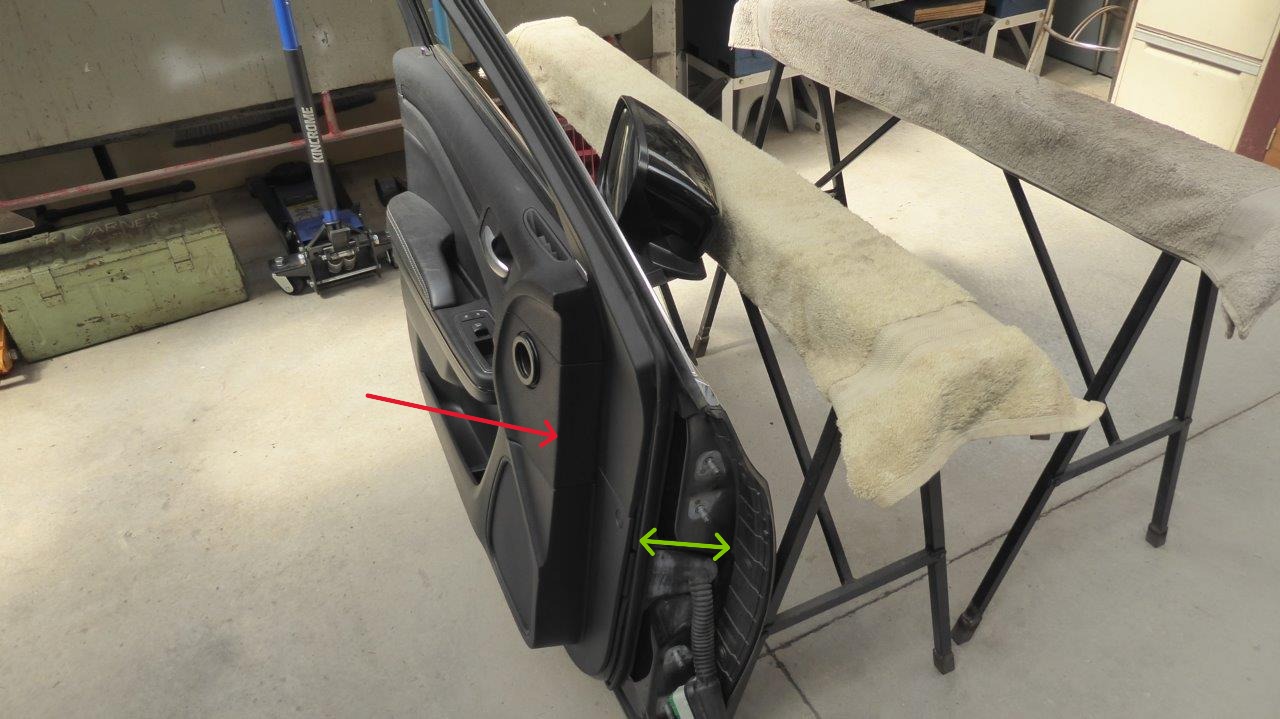

You can see just how thick these doors are, but the metal frame is only between the green arrows. I need to have the metal frame as close to the dash, where the red arrow is pointing, as possible to narrow up the front of the cab. So everything forward of the red arrow will not be used and the metal frame needs to replace the plastic door panel.
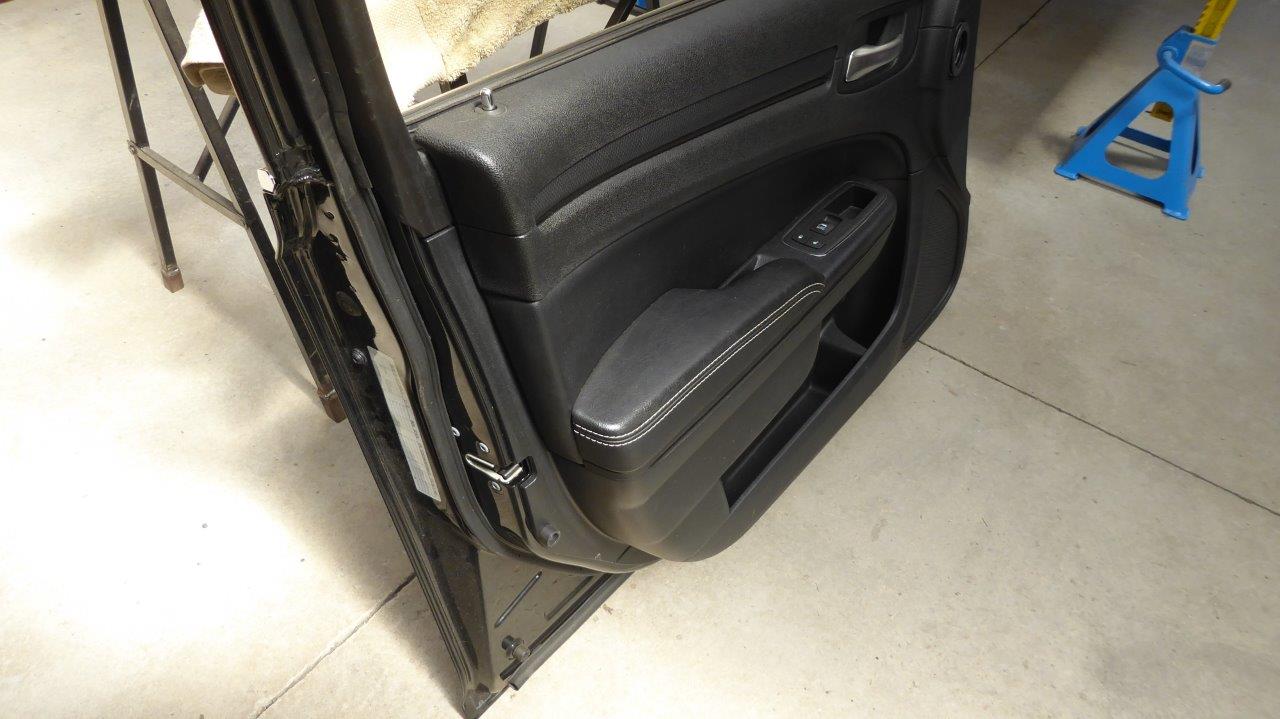
The rear of the door will get the same treatment to keep the window parallel with the outside of the body. The lock is actually as wide as the electric window mechanism.
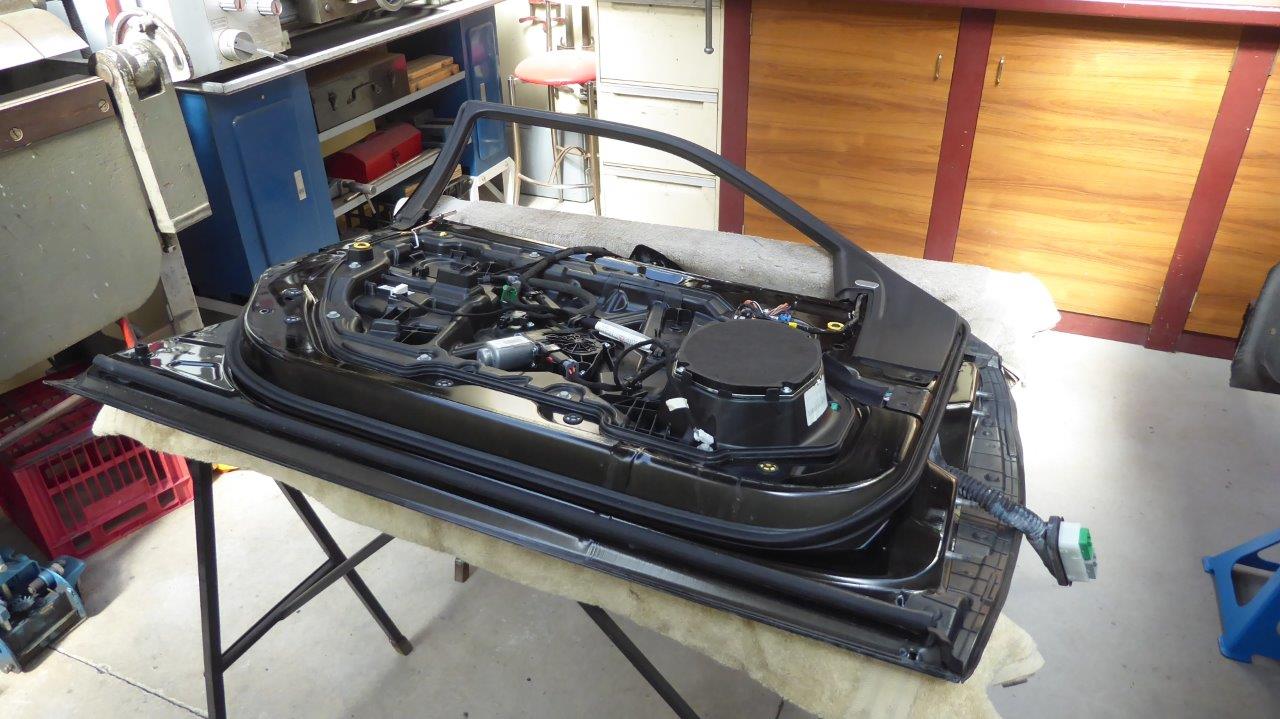
With the door panel off you can see it is only the speaker that sticks into the door panel area. That can be easy replaced with a shallower one or fitted elsewhere.
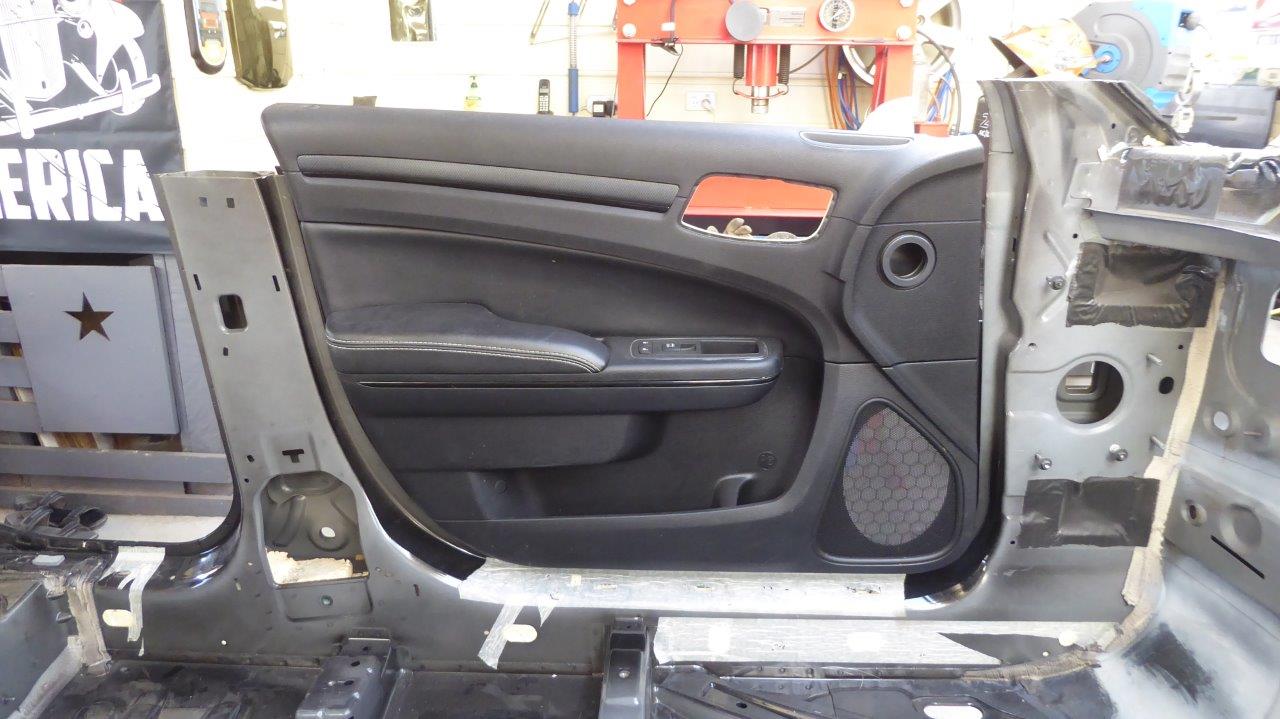
See how much smaller the actual door opening is compared the metal door frame this attaches too. I will probably only be able to use the arm rest with the door lock and window switch in it from the panel.
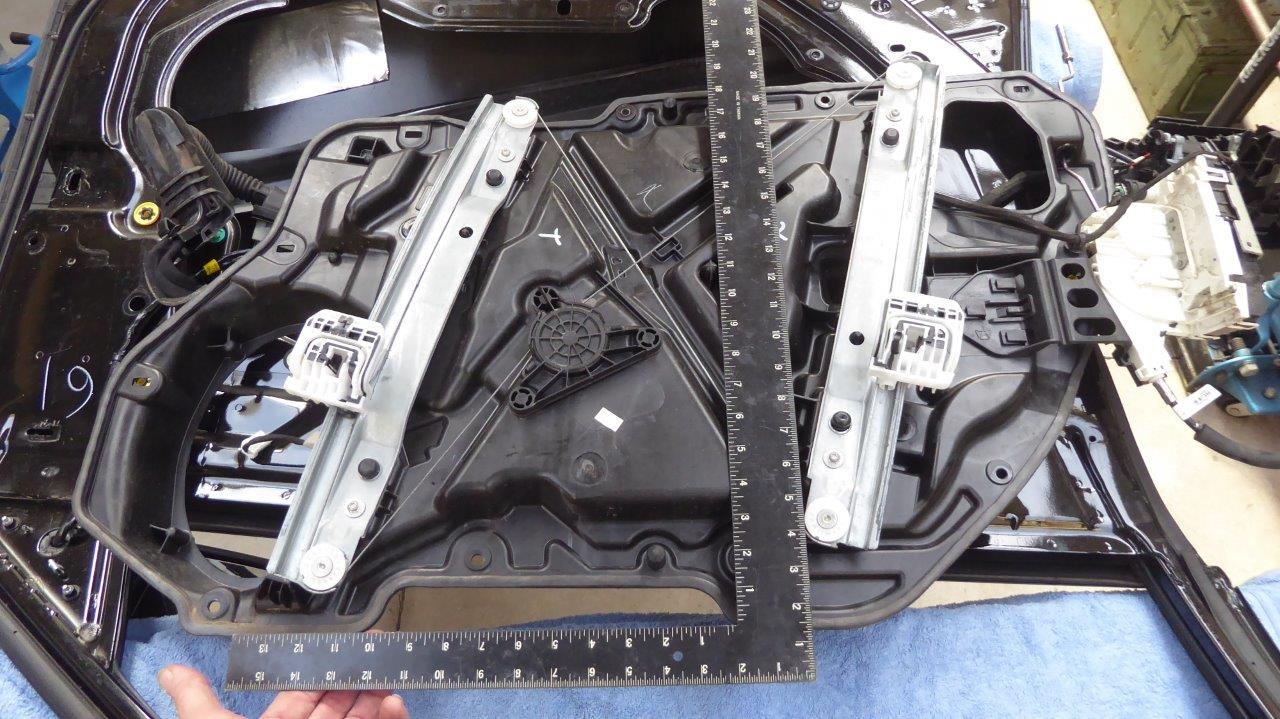
I really would like to use the the whole panel that the window mechanism is mounted too. But two things have to be overcome first and that is the guide rails need to be at 90* to the bottom of the door to suit the Willys vertical upper window frames.
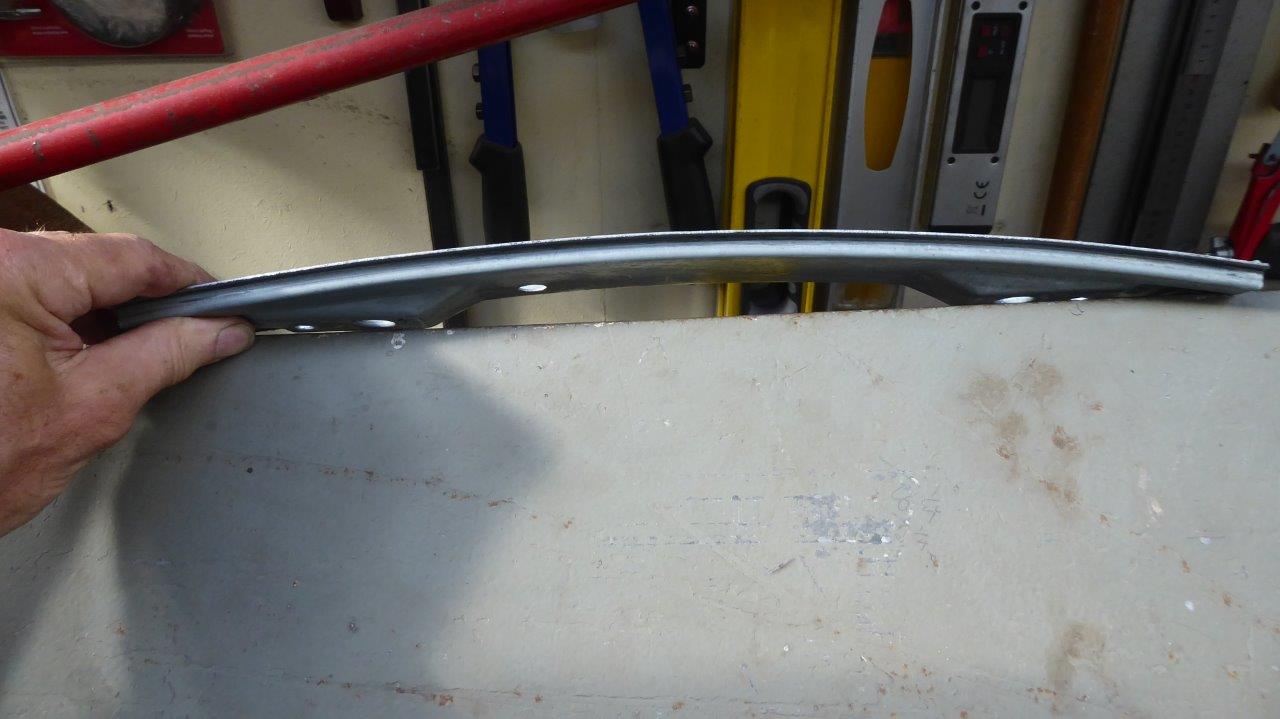
Secondly is the the Willys windows are flat and not curved like the SRT8. So the first thing I will do is make sure I can straighten the window guide rails.
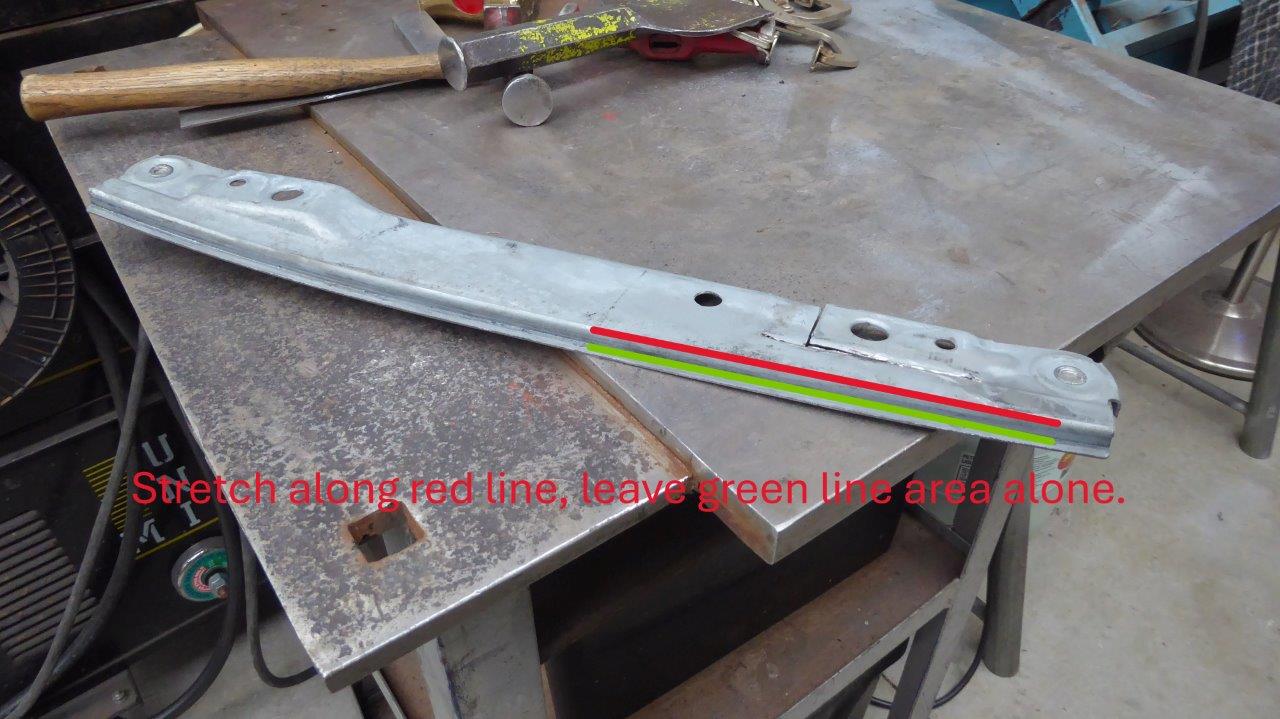
Starting at one end first to see how it goes, I cut the side out of the mounting pad so that could be flattened. Just squashing it flat with the side in place would cause it to distort sideways. To remove the curve in the guide rails, we need to stretch the bottom half of the vertical flange as pictured. The green area should be left alone.
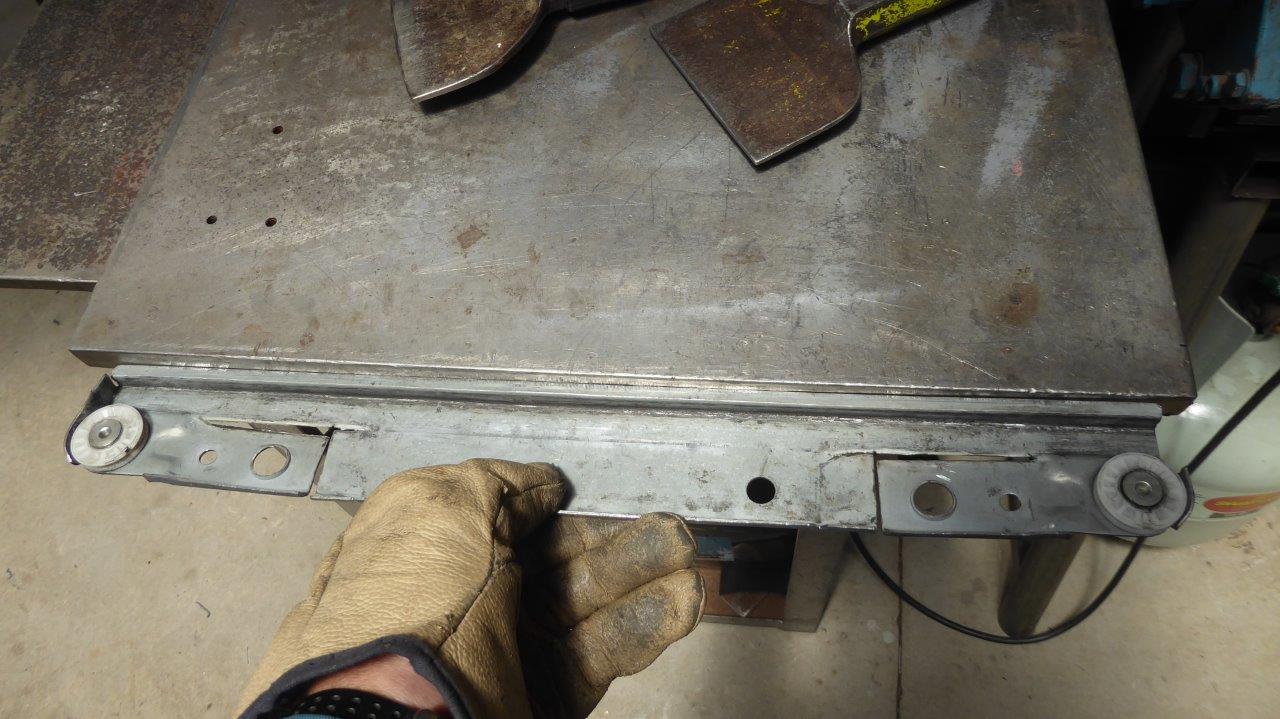
I used my bolsters, top of picture, to stretch right in the bottom corner of the flange. I also used a shrinker/stretcher on the lip edge as this needs to remain straight as well.
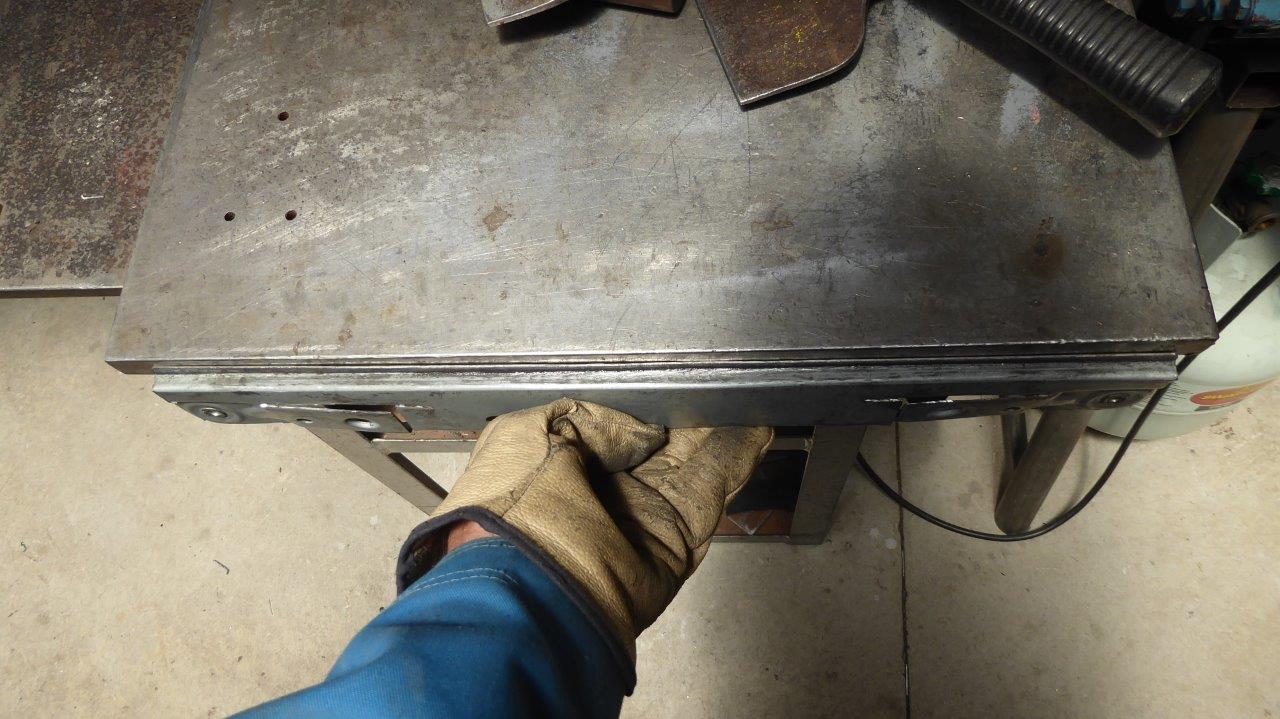
As you can see the guide rail now is perfectly flat to suit the Willys window glass.
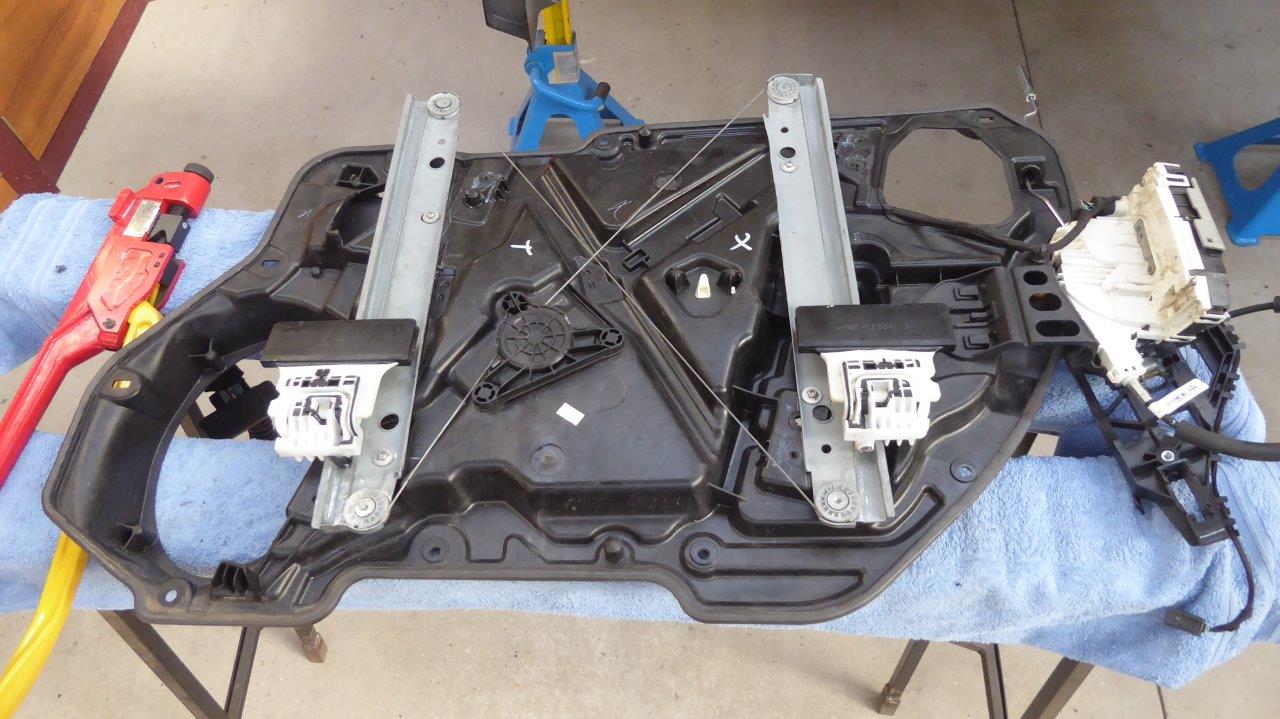
I had to cut and reshape some of the plastic panel so I could turn the rails to vertical. It was tricky to get just the right position to keep the cables out of the way of the panel contours. Another problem was that the carriages that the glass slots into, ended up at different heights. So one cable had to be shortened and the other lengthened. Shortening was done by tig welding a small nut onto the end of the cable once it was cut the right length. To make the cable longer I was able to use a cable left over from the Grand Cherokee's electric window system that was then cut to length. Both cables had to be just right to make it level, but also hold the right amount of tension. When it comes time to do the other door, I will use a bicycle rear brake cable as it is the same diametre as I don't have any more cable long enough from the Grand Cherokee.
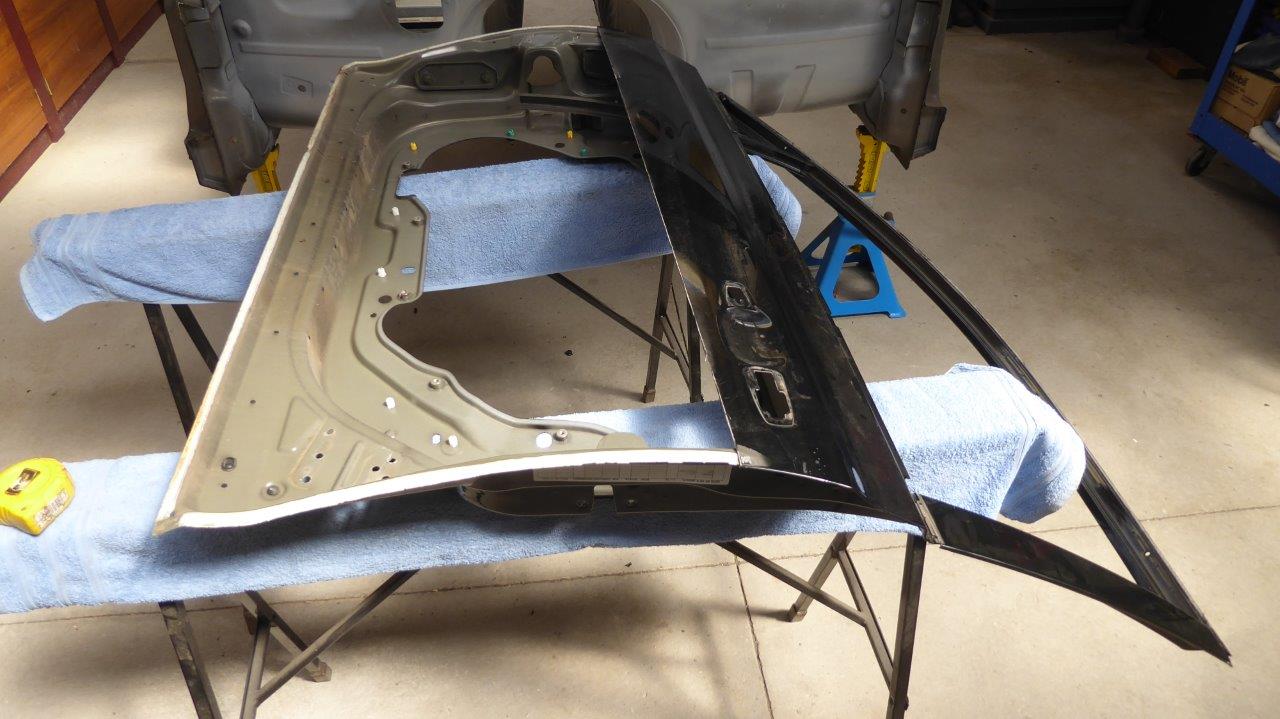
I ground the edge of the door skin to remove enough to see how narrow I can make the door frame and still clear everything. The door was perfect without even a scratch on it, so really hope I can use parts from it now!
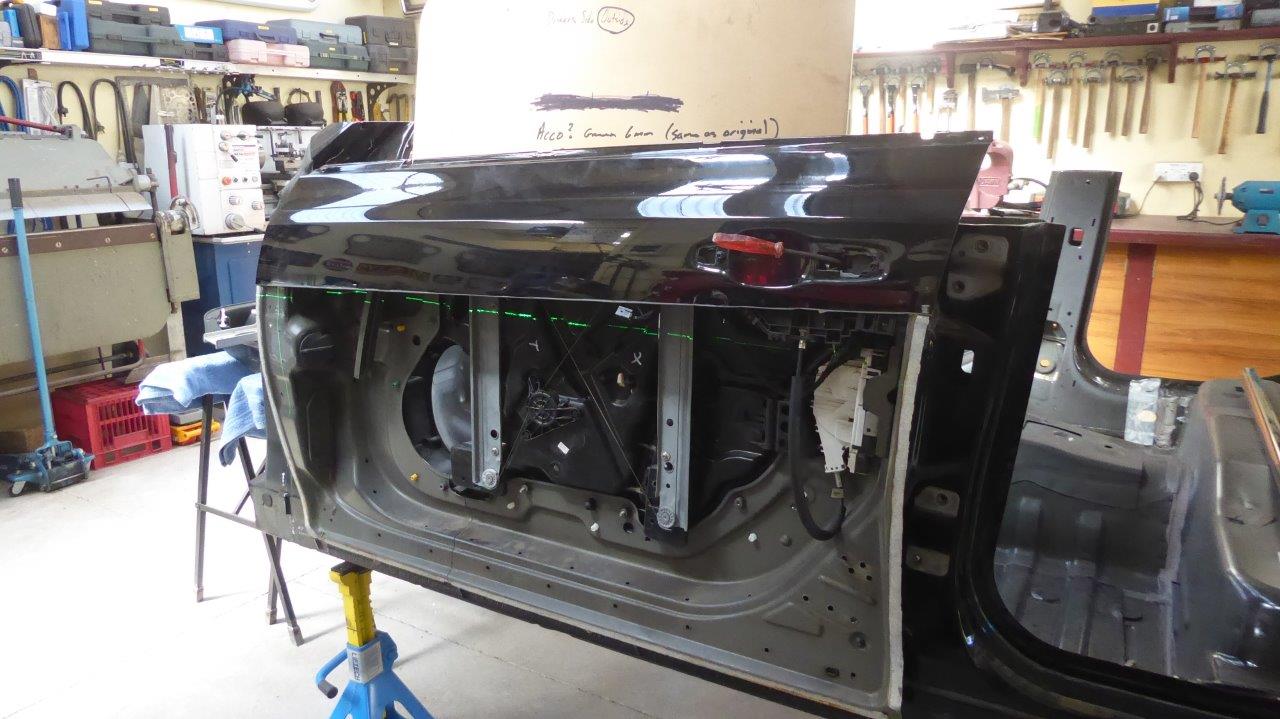
It shows promise as looks like I can half the total thickness of the door and door panel to make it about 100mm/4" thinner. Also notice how much the top of the window sill gets taller compared to the laser line. The skin was cut parallel to the window sill. The Willys raises up less across both doors and rear quarter than this does in one door! It would make for a cool wedge section if I follow it.
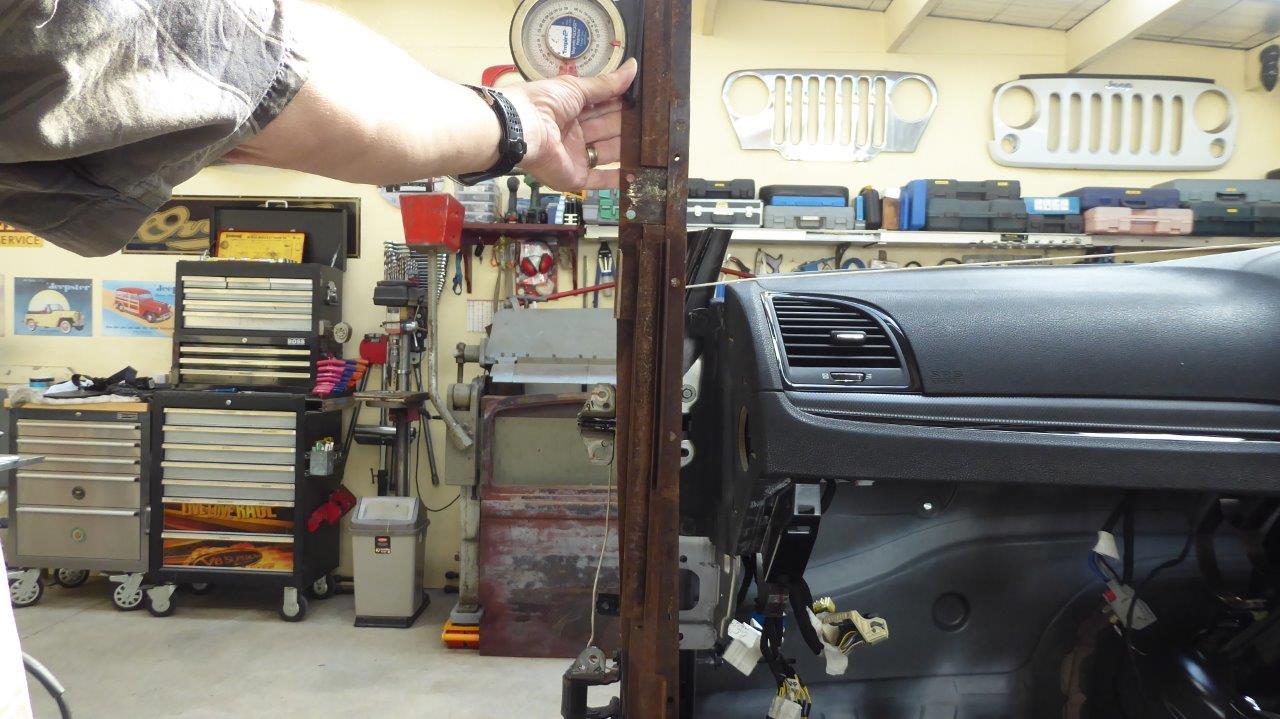
This is the steel that reinforces the front of the Willys door that the hinges attach too, and shows the outside profile of the door. By tilting it in one degree more than stock to get the desired angle for the window frame, and the bottom spaced out to clear the eventual chassis rail position, there is enough clearance to take the new door width once it has been narrowed and moved in towards the dash. The donors door hinges behind it show just how much wider the SRT8 doors sit out from here.
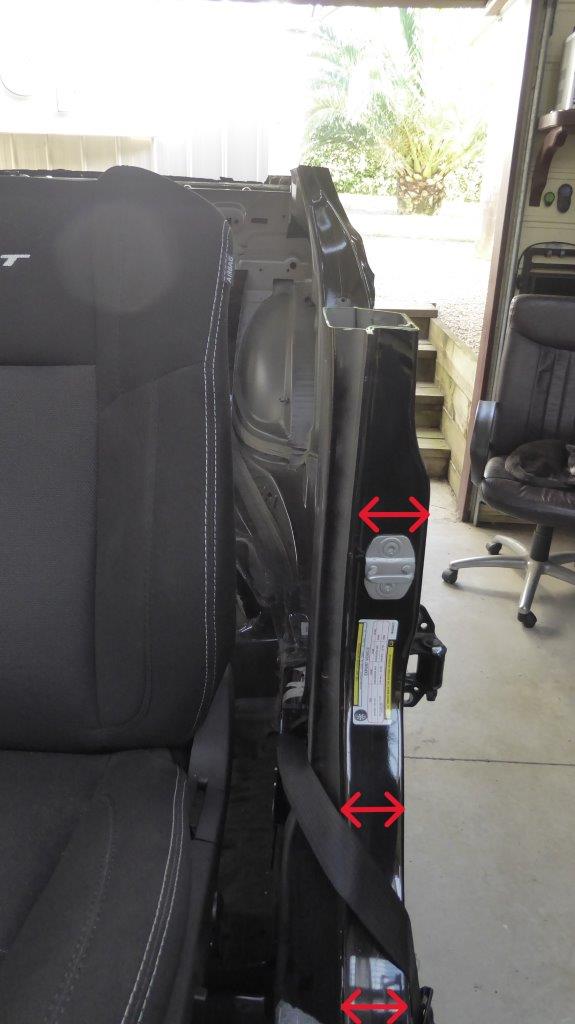
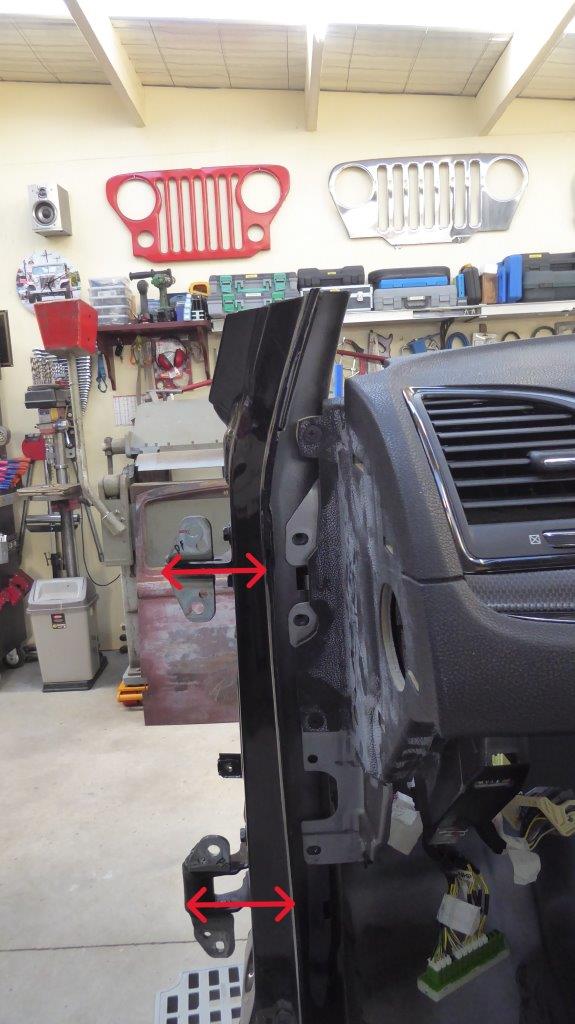
Having determined that the doors can be closer inwards once narrowed, the outer part of the body has to come off. The arrows show how much is going to be removed from the pinch weld outwards. Also on the A pillar just how far the donor doors metal inner frame sticks out from the side of the pinch weld.
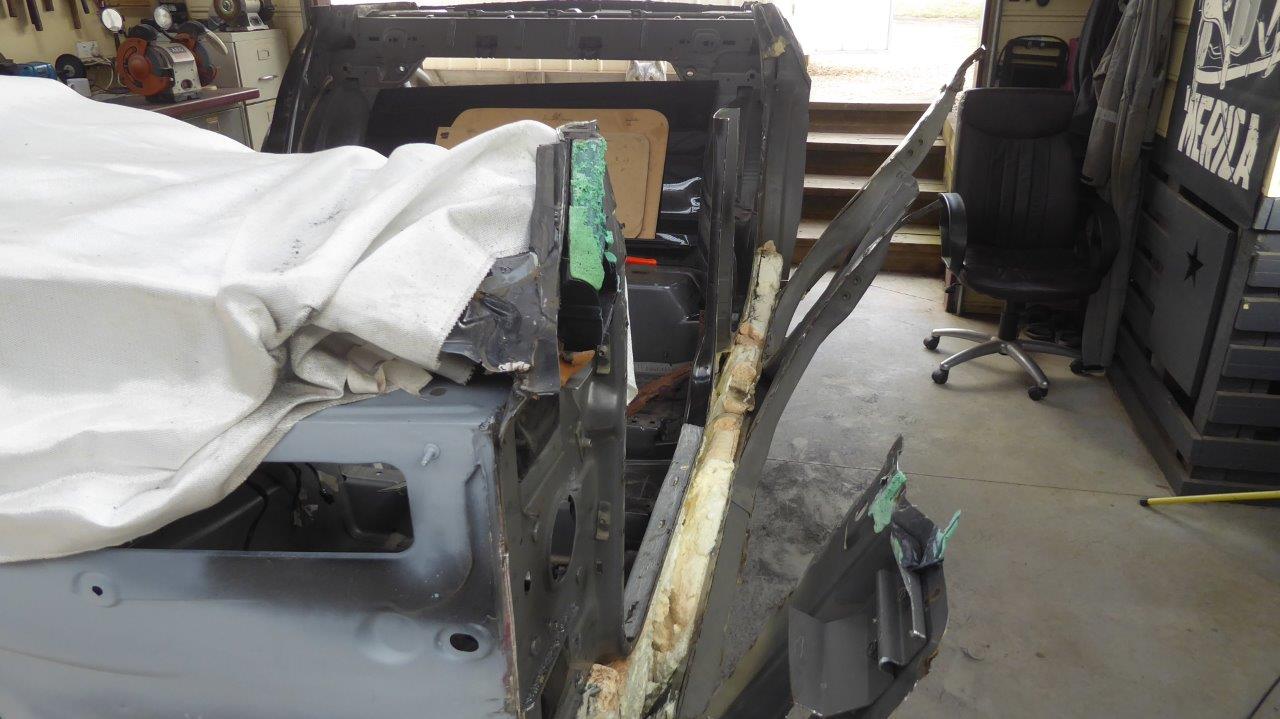
So Elvira is having some major liposuction done to her waistline!
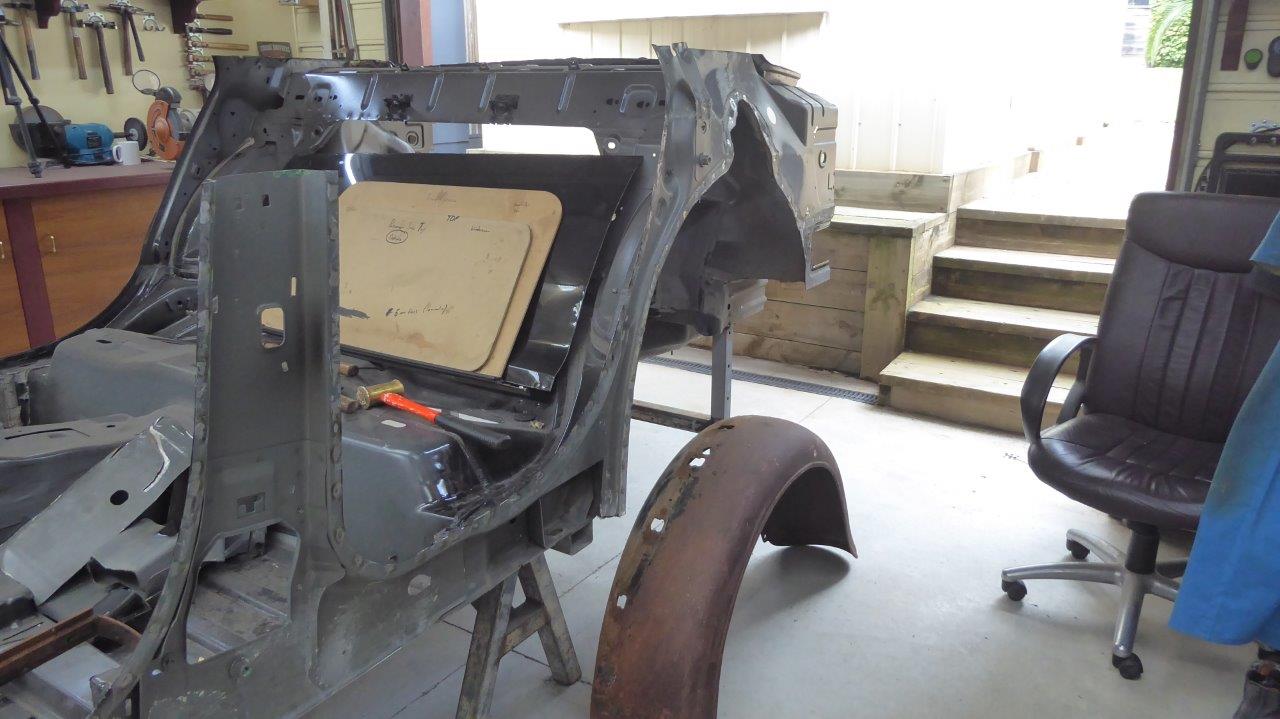
Everything was removed from the firewall all the way to behind the rear wheel arch. Even held up one of the Willys guards to see how it all looked.
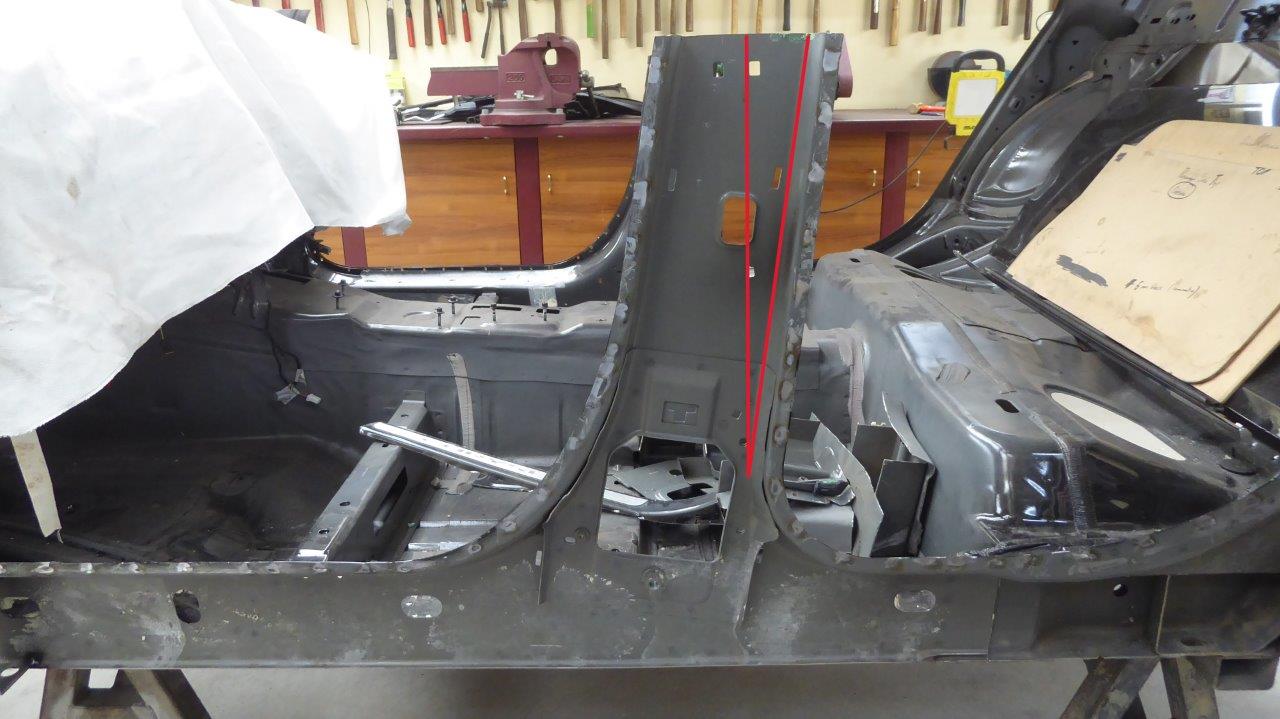
One of the problems I face is how much the B pillars angle back from 90 degrees compared to the Willys doors. Just like the window tracks, this has to be angled forward to vertical, as leaning the window frame backwards at the B pillar was never done back then. A customising trick was to actually lean them forwards, so this would be a step in the wrong direction leaving them like this. I was hoping just to angle the top half behind the window frame vertically, but then the seat belt inertia reel mount would be at the wrong angle.
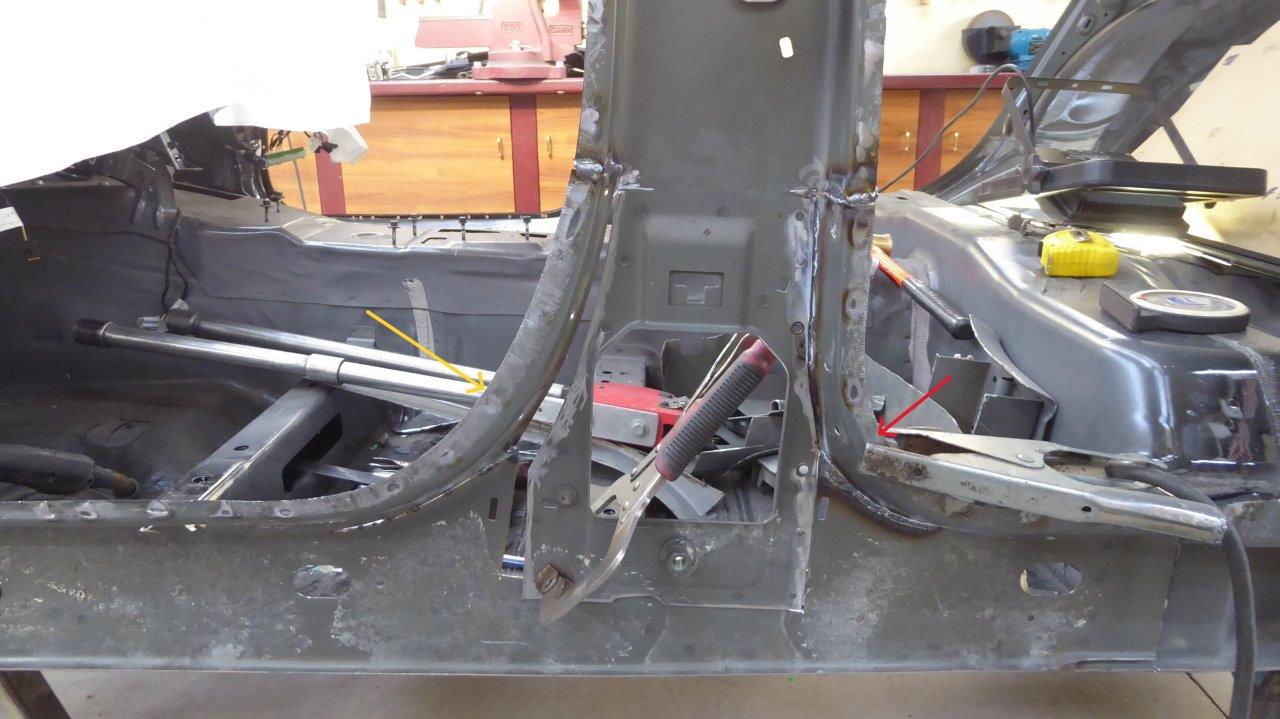
I cut straight through the pillar each side of the reel mount and down around the curved section. Then I used a potable stretcher on the back of the B pillar curved section, red arrow, and a shrinker on the forward curved section, yellow arrow, to rotate the pillar forward. You can see the gap in front of the lower reel mount of how much it had to move.
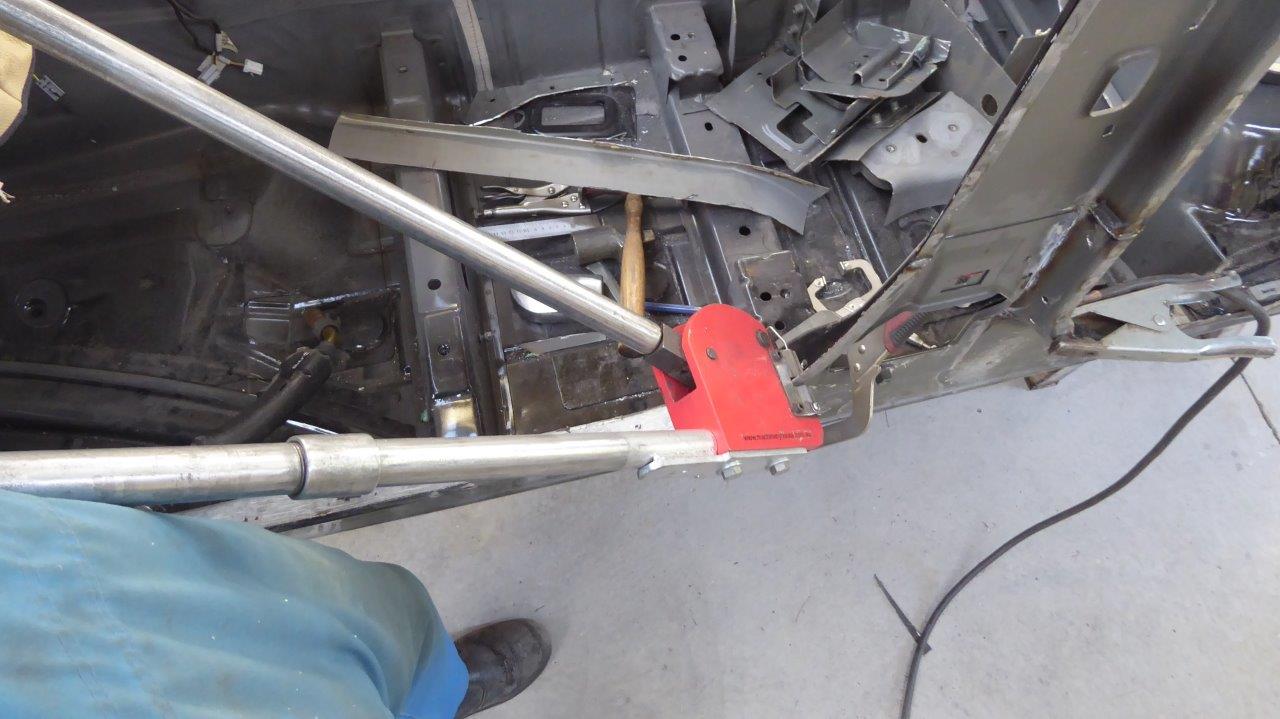
The shrinker is just one that is normally used on a stand and foot operated or with the provided upper handle. I have just made my own bolt on lower handle and a longer upper one to use it in-situ.
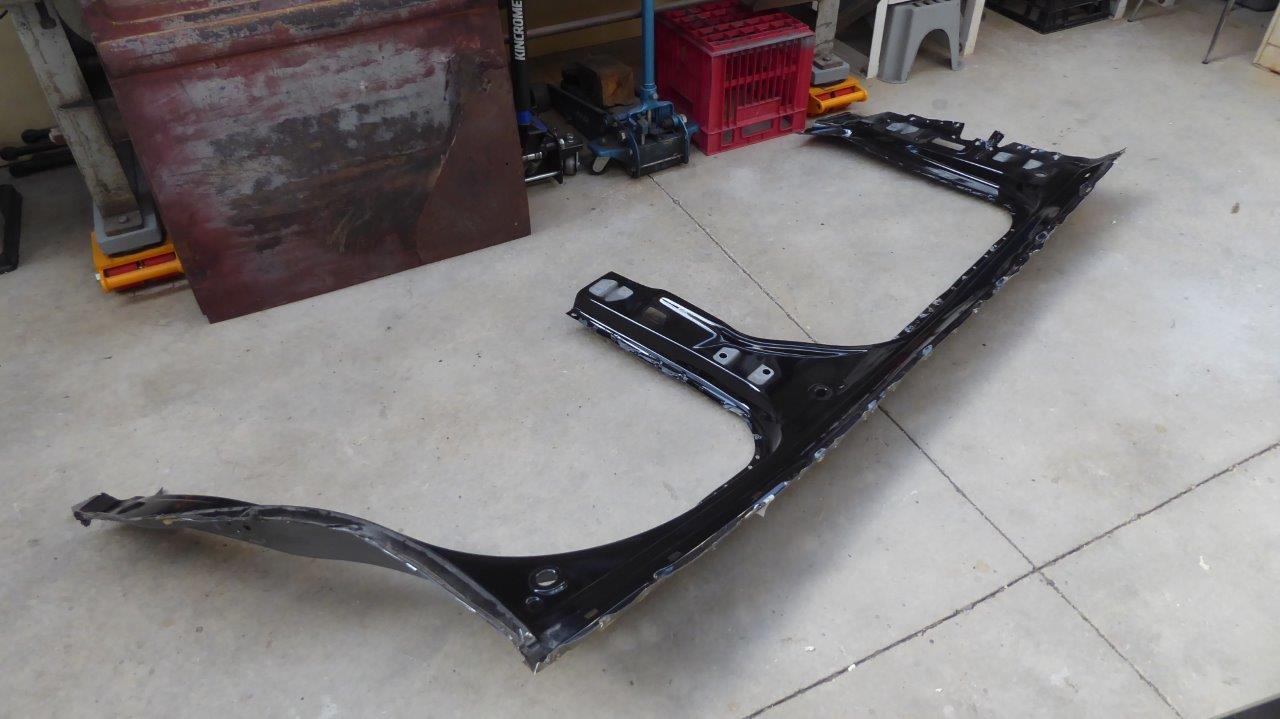
On to the other side. The part that is painted body colour actually really thin at only 0.8mm or 21 gauge and is only spot welded to the under lying piece around the perimeter and a few spots near the hinges.
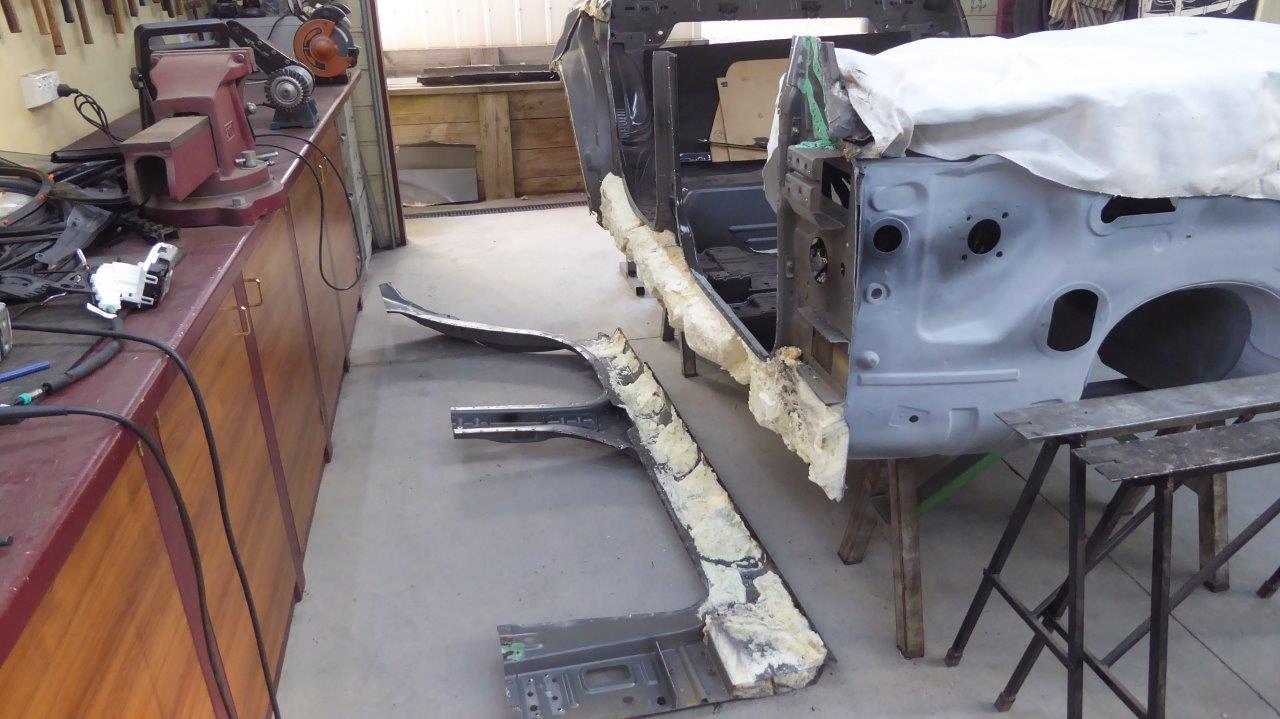
The structural part is still fairly thin at 1.2mm or 18 gauge. They inject a ton of foam in there to keep road noise down!
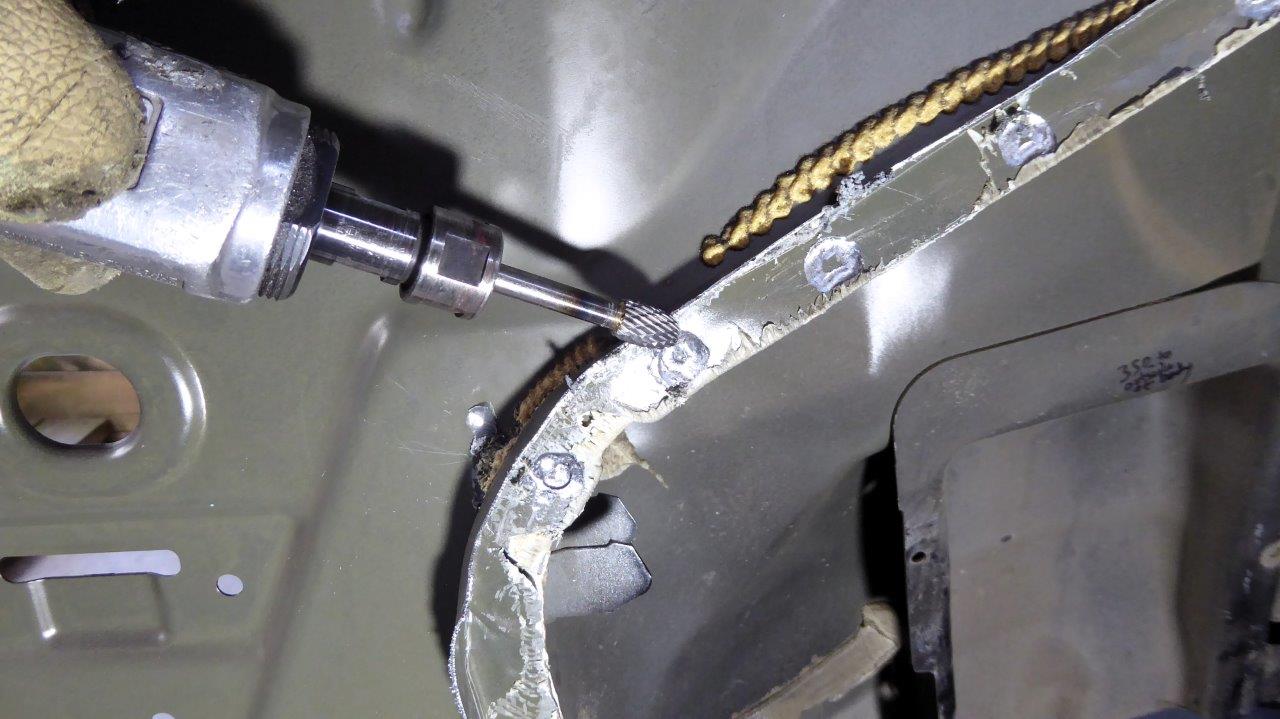
Seeing I have so many spot welds to do I have been trying different ways to remove them. I didn't want holes left after removing what is left of the inner structure flange around the rear wheel arch area, so drilling right through with a cobalt drill bit was out. I often use a centre point drill, or recently, a spot weld cutter that is like a mini hole saw when I want to preserve the metal underneath. This time I tried my die grinder with a rotary burr of the shape shown. I just ran around the edge of the spot weld to just below the thickness of the spot weld centre. Not even all the way through the thickness of the flange.
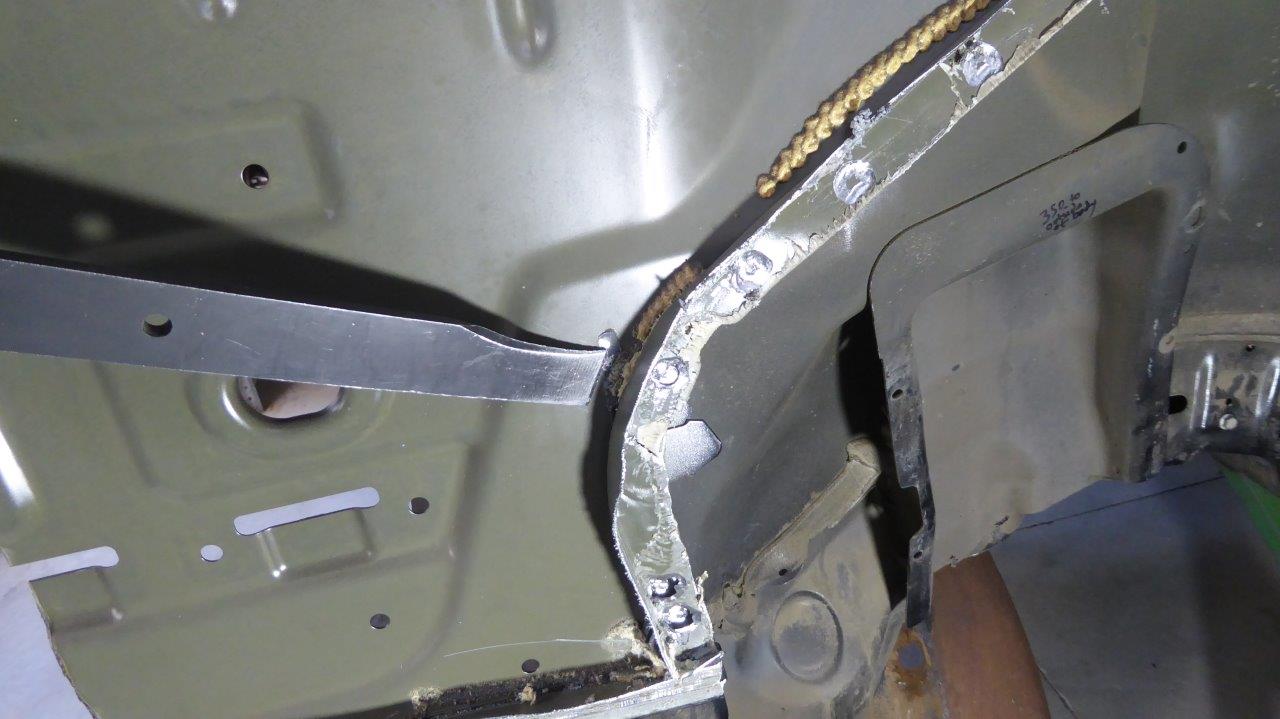
Then hammered a weld splitter in between the two layers.
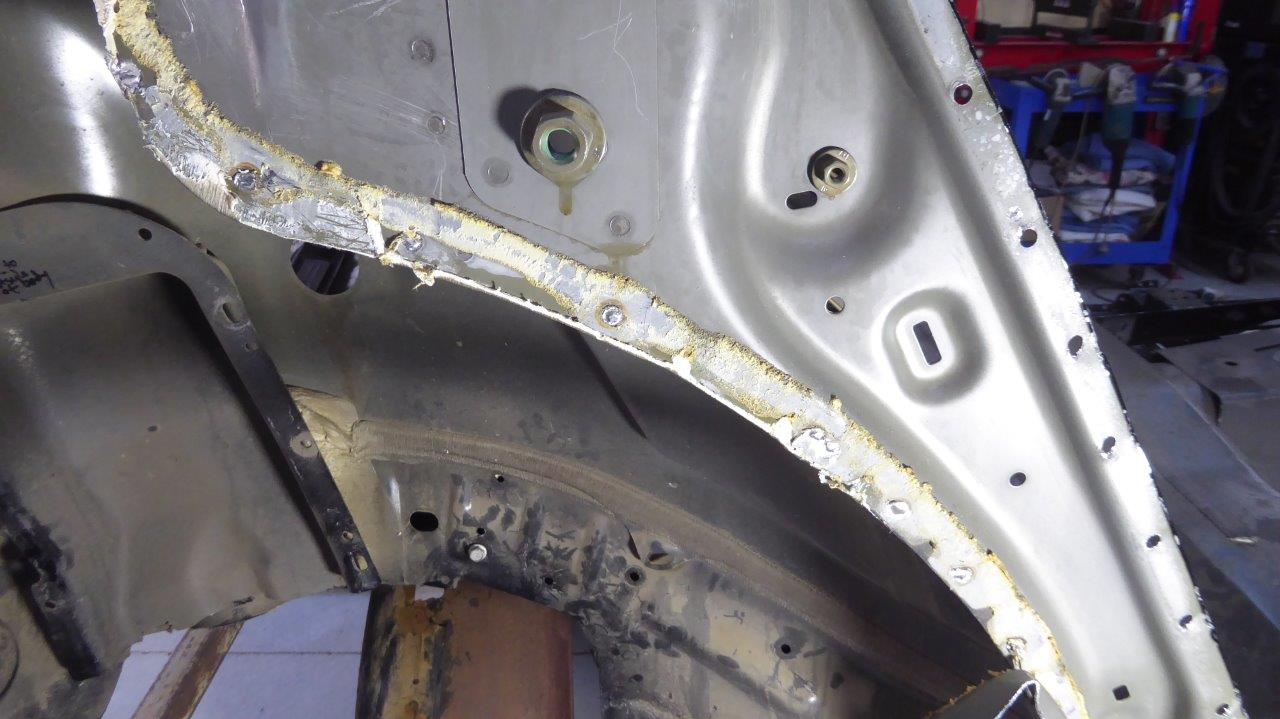
So long as it is ground thinner than the metal underneath, it pops right off not leaving any gouges at all. Just a bit of the spot weld centre which I just remove with a flap disc during the clean up. Little effort and quick too!
Video update.